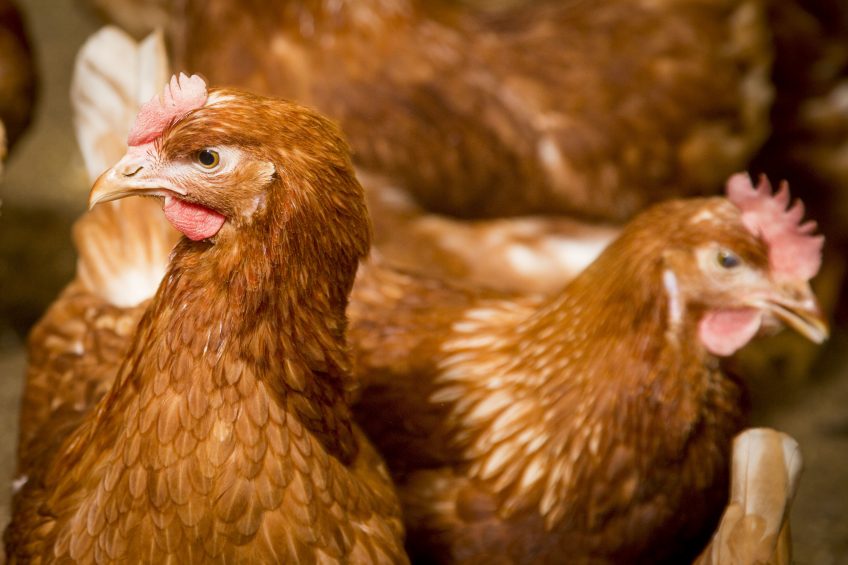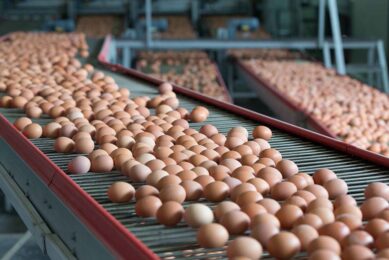ADAS launches new flock forecasting model

Agricultural consultancy ADAS has developed a new flock forecasting model using Microsoft Excel.
The cost benefit analysis tool, “Profile”, has been specifically designed for laying hen enterprises.
ADAS poultry consultant Federica Monte said the tool allowed various “what if” scenarios to be compared, by changing the input cells and then assessing the implications of these on performance and margins.
The software calculates various production and economic performance metrics, such as gross margins and cost of production per dozen eggs. These are based on a number of farm-specific physical performance indicators, such as egg production, average egg weight and feed consumption as well as costs, including feed and labour.
Ms Monte said various different scenarios and multiple changes to inputs and costs could then be compared with the original, both in output and financial terms.
This can help a producer to decide for example:
- Whether to use a higher-priced feed which could increase egg numbers of egg weight or alternatively reduce daily feed intake
- What level of reduction in seconds would be needed to justify investment in new machinery or equipment.
Hennovation
ADAS has used “Profile” on a number of different research projects, including the pan-European Hennovation initiative. This project assessed the potential for practice-driven innovation through the establishment of innovation networks for farmers.
Its aims was to develop practical cost-effective solutions, using the laying hen sector as a case study. With the help of facilitators, the innovation networks were encouraged to proactively search for, share and use new ideas to improve hen welfare, production efficiency and sustainability.
“Profile” was used to assess the economic viability of the innovation ideas that the producers wanted to trial on their farms. During project meetings, producers were asked what they thought the benefits of their ideas would be in terms of production and mortality.
Real current data were input into the programme and used as the baseline. Different scenarios were then explored using agreed values for physical performances as well as the costs of the ideas.
Producers generally thought “Profile” was useful, as they were able to quantify the benefits and economic viability of their chosen interventions and thus prioritise them. In addition, they thought there would be benefits in using the cost benefit analysis programme as part of their routine management.
ADAS can now run “Profile” for egg producer groups and for individual farmers and farming companies.
Join 31,000+ subscribers
Subscribe to our newsletter to stay updated about all the need-to-know content in the poultry sector, three times a week. Beheer
Beheer








 WP Admin
WP Admin  Bewerk bericht
Bewerk bericht